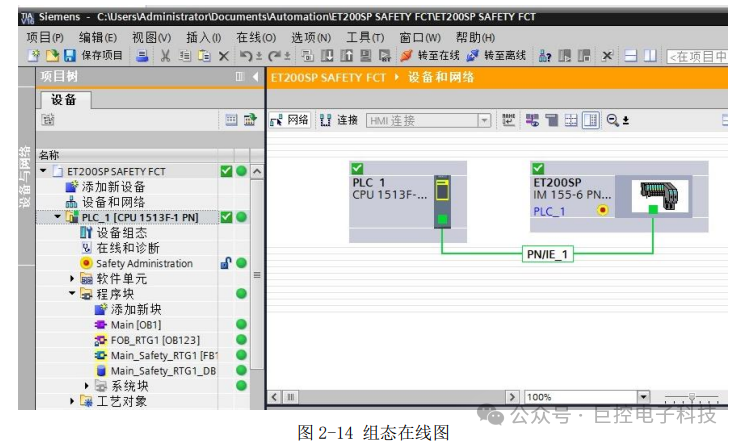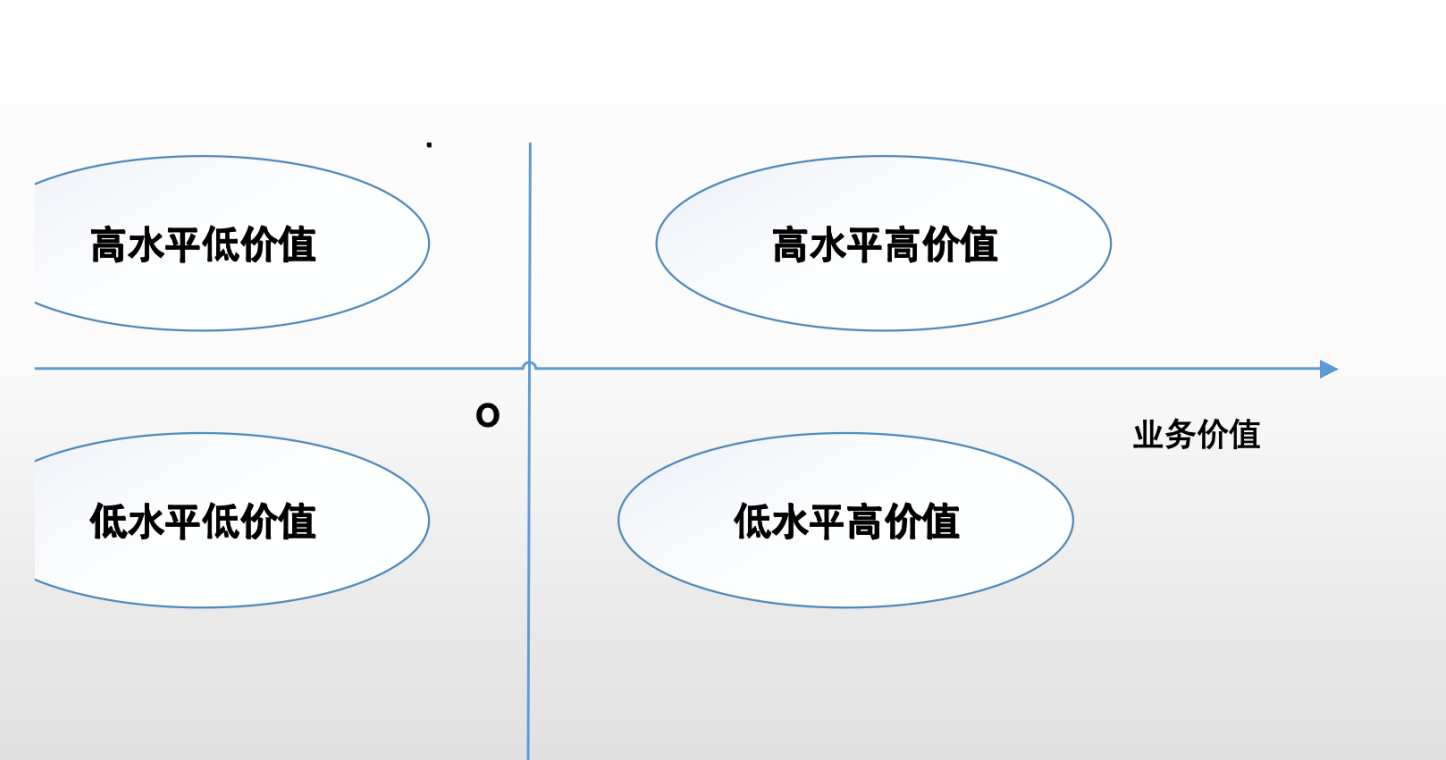一、与Web APIs 进行数据交互
很多Web网站都提供公共的API,并通过 JSON 或其他格式提供数据。那Python也有很多种方法可以访问网站提供的API,其中一种常用的方法是通过使用 requests 库,使用之前需要先安装它,这里通过pip安装:
pip install requests
下面我通过GitHub网站提供的API来学习使用requests。例如,要在 GitHub 上找到 pandas 的最后 30 个 GitHub 问题列表数据,我们可以使用附加组件requests库发出 GET HTTP 请求:
import requestsurl = "https://api.github.com/repos/pandas-dev/pandas/issues"
resp = requests.get(url)
resp.raise_for_status()
print(resp)以上代码首先导入了requests库,url定义了要访问的API接口,然后通过requests.get()方法访问该接口,并用resp变量获取访问的结果,最后通过结果对象的raise_for_status()方法检查是否有HTTP错误,我们最好始终在使用 requests.get 后调用 raise_for_status 来检查 HTTP 错误。打印resp的输出结果是:<Response [200]> 200表示访问成功。
响应对象resp的 json() 方法会返回一个 Python 对象,其中包含从API接口获取的并已经解析的 JSON 数据(如字典或列表所示)(取决于返回的 JSON内的数据格式):
import requestsurl = "https://api.github.com/repos/pandas-dev/pandas/issues"
resp = requests.get(url)
resp.raise_for_status()#用响应对象resp的json方法获取python对象
data = resp.json()
#获取第一个元素的title
title = data[0]["title"]
print(title)输出结果是:
DOC: Update contributing docs for Windows build tools instructions
因为通过这个API检索到的结果是实时数据,因此我们在不同的时候运行此代码会得到不同的第一个问题的标题。data 中的每个元素都是一个字典,包含在 GitHub 问题页面上找到的所有数据(评论除外)。我们可以将data直接传递给 pandas.DataFrame构造一个DataFrame对象并提取我们感兴趣的字段。如下代码:
import pandas as pd
import requestsurl = "https://api.github.com/repos/pandas-dev/pandas/issues"
resp = requests.get(url)
resp.raise_for_status()#用响应对象resp的json方法获取python对象
data = resp.json()
issues = pd.DataFrame(data, columns=["number", "title", "labels", "state"])
print(issues)输出结果:
| number | title | labels | state | |
|---|---|---|---|---|
| 0 | 60170 | DOC: Update contributing docs for Windows build tools instructions | [] | open |
| 1 | 60169 | BUG: build_table_schema (AttributeError: 'datetime.timezone' object has... | [{'id': 76811, 'node_id': 'MDU6TGFiZWw3NjgxMQ==', 'url': 'https://api.g... | open |
| 2 | 60166 | BUG: fix #60128 BUG: Series.combine_first loss of precision | [] | open |
| 3 | 60163 | QST: Why Doesn't Pandas Have an Insert Index Function or Method? | [{'id': 34444536, 'node_id': 'MDU6TGFiZWwzNDQ0NDUzNg==', 'url': 'https:... | open |
| 4 | 60162 | ENH: "stripna" for dropping leading or trailing NaNs | [{'id': 76812, 'node_id': 'MDU6TGFiZWw3NjgxMg==', 'url': 'https://api.g... | open |
| 5 | 60161 | ENH: Add `area_limit` to `fillna | [{'id': 76812, 'node_id': 'MDU6TGFiZWw3NjgxMg==', 'url': 'https://api.g... | open |
| 6 | 60159 | BUG/API: preserve dtype in Index `append()` | [{'id': 31404521, 'node_id': 'MDU6TGFiZWwzMTQwNDUyMQ==', 'url': 'https:... | open |
| 7 | 60154 | CI: add test build with numpy 1.26 (<2) | [{'id': 48070600, 'node_id': 'MDU6TGFiZWw0ODA3MDYwMA==', 'url': 'https:... | open |
| 8 | 60149 | BUG: Docs won't build (Unexpected exception in `doc\source\user_guide\e... | [{'id': 76811, 'node_id': 'MDU6TGFiZWw3NjgxMQ==', 'url': 'https://api.g... | open |
| 9 | 60148 | DOC: pandas.DataFrame.to_html additional description for the border par... | [{'id': 134699, 'node_id': 'MDU6TGFiZWwxMzQ2OTk=', 'url': 'https://api.... | open |
| 10 | 60146 | CI: Add Windows wheels for the free-threaded build | [{'id': 129350, 'node_id': 'MDU6TGFiZWwxMjkzNTA=', 'url': 'https://api.... | open |
| 11 | 60136 | [backport 2.3.x] TST (string dtype): add explicit object vs str dtype t... | [] | open |
| 12 | 60134 | TST (string dtype): remove xfails in extension tests + fix categorical/... | [{'id': 57522093, 'node_id': 'MDU6TGFiZWw1NzUyMjA5Mw==', 'url': 'https:... | open |
| 13 | 60129 | ENH: allow complex type inference in convert_dtypes | [{'id': 76812, 'node_id': 'MDU6TGFiZWw3NjgxMg==', 'url': 'https://api.g... | open |
| 14 | 60128 | BUG: Series.combine_first loss of precision | [{'id': 76811, 'node_id': 'MDU6TGFiZWw3NjgxMQ==', 'url': 'https://api.g... | open |
| 15 | 60127 | BUG: Assigning boolean series with logical indexer | [{'id': 2822098, 'node_id': 'MDU6TGFiZWwyODIyMDk4', 'url': 'https://api... | open |
| 16 | 60126 | VOTE: Voting issue for PDEP-17: Backwards compatibility and deprecation... | [{'id': 5732441949, 'node_id': 'LA_kwDOAA0YD88AAAABVa4fXQ', 'url': 'htt... | open |
| 17 | 60124 | BUG: 'Engine' object has no attribute 'cursor' | [{'id': 76811, 'node_id': 'MDU6TGFiZWw3NjgxMQ==', 'url': 'https://api.g... | open |
| 18 | 60120 | BUG: isin check incorrect with uint64 dtype | [] | open |
| 19 | 60119 | TST (string dtype): fix xfails in test_algos.py | [{'id': 57522093, 'node_id': 'MDU6TGFiZWw1NzUyMjA5Mw==', 'url': 'https:... | open |
| 20 | 60115 | Fixes: [#60084] Added a new file test_timestamp_hash.py | [{'id': 127685, 'node_id': 'MDU6TGFiZWwxMjc2ODU=', 'url': 'https://api.... | open |
| 21 | 60111 | ENH: A .chi2() method on the DataFrame and Series class that will resem... | [{'id': 76812, 'node_id': 'MDU6TGFiZWw3NjgxMg==', 'url': 'https://api.g... | open |
| 22 | 60108 | BUG: many dataframe operations broken when a column contains numpy stru... | [{'id': 76811, 'node_id': 'MDU6TGFiZWw3NjgxMQ==', 'url': 'https://api.g... | open |
| 23 | 60105 | Fix BUG: read_sql tries to convert blob/varbinary to string with pyarro... | [{'id': 47232590, 'node_id': 'MDU6TGFiZWw0NzIzMjU5MA==', 'url': 'https:... | open |
| 24 | 60104 | BUG: Unknown slicing behavior for Multiindexing when passing through st... | [{'id': 76811, 'node_id': 'MDU6TGFiZWw3NjgxMQ==', 'url': 'https://api.g... | open |
| 25 | 60102 | BUG: Frequency shift on empty DataFrame doesn't shift index | [{'id': 76811, 'node_id': 'MDU6TGFiZWw3NjgxMQ==', 'url': 'https://api.g... | open |
| 26 | 60100 | BUG: `read_csv` with chained fsspec TAR file and `compression="infer"` ... | [] | open |
| 27 | 60099 | BUG: Inconsistent output type in Excel for PeriodIndex in Index or Mult... | [{'id': 76811, 'node_id': 'MDU6TGFiZWw3NjgxMQ==', 'url': 'https://api.g... | open |
| 28 | 60098 | PERF: Slowdowns with .isin() on columns typed as np.uint64 | [{'id': 8935311, 'node_id': 'MDU6TGFiZWw4OTM1MzEx', 'url': 'https://api... | open |
| 29 | 60097 | [TST] Parse arrow_dtype as datetime index | [{'id': 127685, 'node_id': 'MDU6TGFiZWwxMjc2ODU=', 'url': 'https://api.... | open |
在我们的实际开发或进行数据分析的时候,我们可以创建一些更方便的Web API接口,让这些接口返回 DataFrame 对象,从而可以更方便的应用pandas进行数据分析。
二、与数据库进行数据交互
在正式业务环境中,数据一般不会存储在文本文件或 Excel 文件中。这个大家都知道,当前主流方式还是将数据存储在基于 SQL 的关系数据库中(如 SQL Server、PostgreSQL 和 MySQL)。至于选择用那种数据库,取决于应用程序的性能、数据完整性和可伸缩性的需求。
pandas 具有一些好的功能,可以非常方便的将 SQL 查询结果加载到 DataFrame 中。下面我将使用 Python 内置 sqlite3 驱动程序创建一个 SQLite3 数据库进行学习。我还是通过代码来学习更直观:
import pandas as pd
import sqlite3#创建一个表名为test的表,该表有a,b,c,d四个字段。
query = """
CREATE TABLE test
(a VARCHAR(20), b VARCHAR(20),c REAL, d INTEGER
);"""
#连接python内置的sqllite3数据库
con = sqlite3.connect("mydata.sqlite")
#执行建表语句
con.execute(query)
#提交事务
con.commit()上面这部分代码定义了一个在sqlite中创建表test的语句,test表有a,b,c,d四个字段。接下来我们在test表中插入数据。
#要插入test表中的数据
data = [("Atlanta", "Georgia", 1.25, 6),("Tallahassee", "Florida", 2.6, 3),("Sacramento", "California", 1.7, 5)]
#插入语句
stmt = "INSERT INTO test VALUES(?, ?, ?, ?)"
#执行插入数据操作
con.executemany(stmt, data)
#提交事务
con.commit()以上定义了要在test表中插入的数据data和插入语句,并执行提交。
#查询test全表,并返回一个游标
cursor = con.execute("SELECT * FROM test")
#获取返回的所有行数据
rows = cursor.fetchall()
#将数据打印出来看看
print(rows)以上执行查询test全表数据,并通过获取的游标将返回的数据赋值给rows变量,然后打印输出rows。rows的输出结果是一个元组列表:
[('Atlanta', 'Georgia', 1.25, 6), ('Tallahassee', 'Florida', 2.6, 3), ('Sacramento', 'California', 1.7, 5)]
接下来我们可以将元组列表传递给 DataFrame 构造函数构造一个DataFrame对象,但是还需要获取列名来作为DataFrame对象的列标签(索引),列名我们可以通过游标cursor的 description 属性获得。请注意,对于 SQLite3,游标描述仅提供列名(其他字段是 Python 的数据库 API 规范的一部分,都是 None),但对于其他一些数据库驱动程序,description提供了更多的列信息。
cursor.description这一行代码通过游标cursor的属性description获取表的列信息,对于SQLite3来说这个列信息只有列名,我们输出cursor.description来看下:
(('a', None, None, None, None, None, None), ('b', None, None, None, None, None, None), ('c', None, None, None, None, None, None), ('d', None, None, None, None, None, None))
#用返回的元组列表和列名构造一个DataFrame对象,
#列名通过推导式获得
pd_rows = pd.DataFrame(rows, columns=[x[0] for x in cursor.description])上面用返回的元组列表rows和表test的列名构造了一个DataFrame对象pd_rows。下面我们将上面的代码完整的整合下,并输出最后pd_rows内容:
import pandas as pd
import sqlite3#创建一个表名为test的表,该表有a,b,c,d四个字段。
query = """
CREATE TABLE test
(a VARCHAR(20), b VARCHAR(20),c REAL, d INTEGER
);"""
#连接python内置的sqllite3数据库
con = sqlite3.connect("mydata.sqlite")
#执行建表语句
con.execute(query)
#提交事务
con.commit()#要插入test表中的数据
data = [("Atlanta", "Georgia", 1.25, 6),("Tallahassee", "Florida", 2.6, 3),("Sacramento", "California", 1.7, 5)]
#插入语句
stmt = "INSERT INTO test VALUES(?, ?, ?, ?)"
#执行插入数据操作
con.executemany(stmt, data)
#提交事务
con.commit()#查询test全表,并返回一个游标
cursor = con.execute("SELECT * FROM test")
#获取返回的所有行数据
rows = cursor.fetchall()
#将数据打印出来看看
print(rows)
#通过游标查看列信息,SQLite3的列信息中只包含列名
print(cursor.description)
#用返回的元组列表和列名构造一个DataFrame对象
pd_rows = pd.DataFrame(rows, columns=[x[0] for x in cursor.description])
print(pd_rows)
输出pd_rows结果:
a b c d
0 Atlanta Georgia 1.25 6
1 Tallahassee Florida 2.60 3
2 Sacramento California 1.70 5
上面的代码从连接数据库、创建表、插入表数据、查询表数据到通过返回的数据和列名构造DataFrame,这些工作还是比较繁琐的,我们不希望每次查询数据库时都重复一些操作。所以我再对 SQLAlchemy 项目进行一个简要的学习,SQLAlchemy是一个流行的 Python SQL 工具包,它抽象出 SQL 数据库之间的许多常见差异,同时,pandas 具有 read_sql()函数,可让我们很方便的从通用 SQLAlchemy 连接中读取数据。先用pip安装SQLAlchemy。
pip install sqlalchemy
现在,我将使用 SQLAlchemy 连接到同一个 SQLite 数据库,并从之前创建的表中读取数据:
import sqlalchemy as sqla#连接到数据库
db = sqla.create_engine("sqlite:///mydata.sqlite")
#读取数据
data = pd.read_sql("SELECT * FROM test", db)
print(data)
输出结果:
a b c d
0 Atlanta Georgia 1.25 6
1 Tallahassee Florida 2.60 3
2 Sacramento California 1.70 5
这相比于之前使用python内置的sqlite中的方法的先连接到数据库、再执行查询、然后通过游标获取查询后的数据,最后用返回的数据和列名构造DataFrame对象简单了很多。
三、总结
在前面写的学习笔记过程中,我学习了许多有用的工具,通过这些学习算是入了数据分析的门了。但是访问数据通常是数据分析过程的第一步,在后面的学习过程中,还得更深入的学习数据整理、数据可视化、时间序列分析等。

















